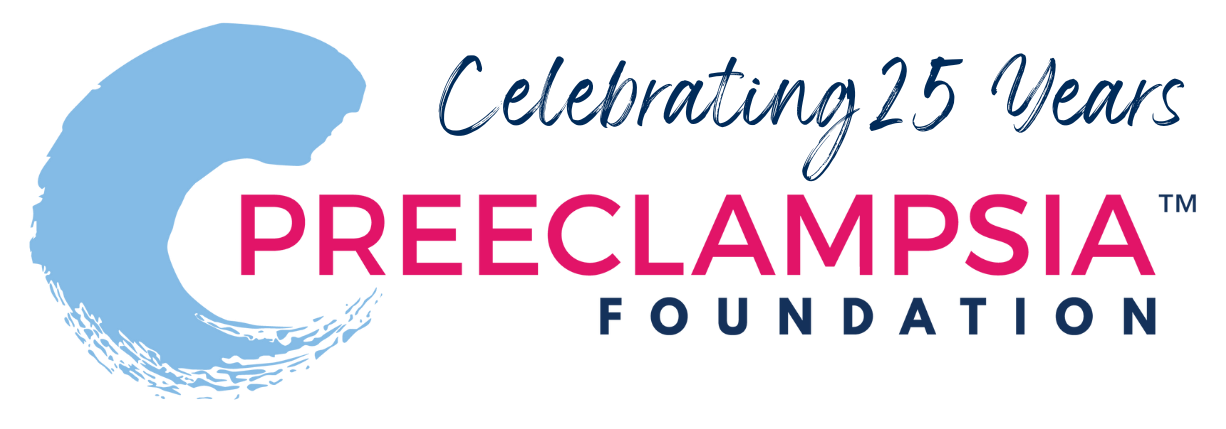
2,400 Years of Preeclampsia History
Preeclampsia is a hypertensive, multi-system disorder of pregnancy whose pathophysiology (disordered physical process associated with disease) remains unknown. It has often been labeled the “disease of theories” due to the numerous schools of thought that drive research into this complex disease. Some of those lines of research have resulted in dead-ends; others, nurtured by elements of truth, live on waiting for definitive proof. Past hypotheses and {tooltip}landmark scientific contributions Leon Chesley (1908-2000) is considered the modern day father of preeclampsia research, owing primarily to his extensive renal function studies, and prospective follow up of hundreds of eclamptics for 43 years. He also began some of the earliest familial (genetics) studies and is credited as the inspiration behind many of today’s leaders in the field.{end-tooltip} have shaped current practice.
From Leeches to Toxins: Early Theories and Treatments
What would a millennium later become known as “preeclampsia-eclampsia” was first described by Hippocrates around 400 BC, who stated that headache accompanied by heaviness and convulsions during pregnancy was considered bad. This was the earliest suggestion that there may a specific entity associated with an unhealthy pregnancy. While this was the earliest recognition of disease, the only remedies were attempts to bring the body’s fluids “into balance” through altered diets, purging and blood-letting.
Since then, and in fact until the latter half of the 20th century, advancements to the understanding of preeclampsia and eclampsia were limited, though painstakingly pursued by trailblazers of what eventually became the specialized field of {tooltip}obstetric medicine Francois Mauriceau (1637-1709) was an early contributor to the evolving discipline of obstetrical care focused on the specificity of puerperal (having to do with childbirth) convulsions. As recently as the late 1800’s when disease causation shifted to a theory of toxins, treatment for women with headaches and edema (the pre-eclamptic state) were admitted to lying-in hospitals where bleeding and purging were still the only prescribed treatments to prevent convulsions and to purge the body of overabundant toxins.
Medical Pioneers Correctly Classify Signs & Symptoms
Bossier de Sauvages (1710-1795) is considered the first to use the term, “eclampsia”, a Greek word meaning “lightning”, perhaps alluding to how suddenly and unexpectedly convulsions may arise. He finally differentiated the seizures of eclampsia from epilepsy, noting the former was acute in nature and would resolve once the precipitating event was removed. Demanet (1797) recognized the extreme swelling in eclamptic women and Pierre Rayer (1793-1867), a Frenchman, is considered the first to describe proteinuria in eclamptics, cited in his then classic text "Diseases of the Kidney" (1840) discovered protein in the urine, while John Lever (1811-1859) first demonstrated that the proteinuria accompanying eclampsia was specific to that disease, and not part of a general disorder, then called Bright's disease (1843) showed this proteinuria was specific to preeclampsia. J.Y. Simpson (1811-1870), one month later, published confirmation of Lever's finding and not another kidney ailment also present in non-pregnant women. By the mid 1800’s, the hallmark prodromal symptoms including headache, temporary loss of vision, severe pain in the stomach, and edema in the upper body contributed to the recognition that there was a pre-eclamptic (before convulsions) state that should raise physician concern and was, in itself, a life-threatening condition. However it was the introduction of Scipione Riva-Rocci’s mercury manomete (1896) to measure blood pressure that led to the recognition that preeclampsia was a hypertensive disorder; from then until now, new onset of hypertension and proteinuria have been the major signs used in the classification of preeclampsia.
Advances in overall biological understanding during the 20th century, and especially in the last two decades, have lead scientists to make progress on understanding the pathophysiological changes associated with the development of preeclampsia. Examinations of the placenta and other affected organs, as well as newer technology to examine smaller components of cells helped us realize the role of spiral arteries, endothelial cells, antioxidants, antiangiogenic proteins, and the tendencies toward inflammation and other systemic dysfunctions. Though the causes (some think there are several) of preeclampsia have still not been delineated, it is this quest for causation that will more quickly lead to a definitive treatment.
Diagnosis and Treatments of Today
Historically, the major thrust in therapy has been to avoid and treat eclamptic convulsions. Intramuscular (via injection) magnesium sulfate (MgS04) was introduced in the early 1900’s and the intravenous route (directly into the veins) began to prevail in the 1920’s. However, it wasn’t until the 1990’s that major controlled studies demonstrated its superiority over other anticonvulsants.
Since the 1960’s, prenatal care and the diagnosis of preeclampsia have remained largely unchanged. Routine blood pressure measurement and urinalysis are the primary – though imperfect – surveillance tools since early signs and symptoms of preeclampsia may not be easily recognized. Fetal assessment has become much more sophisticated in recent years. Treatment options have shown progress in recent decades, but remain directed at the management of overt clinical signs rather than the underlying disorder: antihypertensive therapy, magnesium sulfate, steroids for fetal lung maturation, conservative management of preterm preeclampsia, with delivery of baby and placenta remaining the only definitive, though imperfect, “cure.” (Delivery of a premature baby is an unsatisfactory intervention and resolution of the maternal disease isn’t always immediate, leaving the mother vulnerable during the postpartum period.)
Classification of the hypertensive disorders of pregnancy today includes preeclampsia-eclampsia, preeclampsia superimposed on chronic hypertension, gestational hypertension (lacking the proteinuria in preeclampsia). In the absence of proteinuria, preeclampsia can still be diagnosed when there are signs of HELLP syndrome, considered a severe variant of preeclampsia, or other signs and symptoms. The American College of Obstetricians and Gynecologists, in 2013, published new guidance on classifications, diagnosis and management, the results of a year-long task force in which the Preeclampsia Foundation actively participated.
Information in this article was taken primarily from these two excellent papers, both which contain numerous references to source material and are highly recommended to readers interested in the detailed history of preeclampsia.
- A Historical Overview of Preeclampsia-Eclampsia. This paper was prepared by Mandy Bell, RN, a National Institute of Nursing Research Predoctoral Fellow at the University of Pittsburgh, and published in final edited form in September 2010.
- The History of Preeclampsia and Eclampsia as Seen by a Nephrologist. This paper was delivered by Dr. Marshall Lindheimer, MD, FACP, an emeritus professor from the University of Chicago, as a 40-minute lecture given at the 2012 Annual Clinical Meeting of the American College of Obstetricians and Gynecologists, thus containing more amusing anecdotes and jokes to keep the doctors awake.
Related Articles

Ánimo y cuídate: la preeclampsia puede estar asociada con enfermedades cardíacas y accidentes cerebrovasculares más adelante en la vida Descargue nuestra hoja informativa

Eclampsia is a very serious complication of preeclampsia characterized by one or more seizures during pregnancy or in the postpartum period.

La preeclampsia, en todas sus formas, puede requerir muchos análisis, tanto durante como después del embarazo. ¿Alguna vez se preguntó por qué el proveedor de atención médica le solicita tantos anális...

El embarazo es un momento ideal para familiarizarse con su presión arterial. Aquí encontrará todo lo que necesita saber sobre cómo tomarse la presión arterial en casa.

Melbourne, FL – September 17 , 2024 – The Preeclampsia Foundation, in partnership with the International Society for the Study of Hypertension in Pregnancy (ISSHP) and Society for Ma...

Resultados de varios estudios apoyan la hipótesis de que el estrés causado por un embarazo y parto traumáticos puede en muchas ocasiones anular la habilidad de salir adelante emoc...

Is there a connection between maternal diet and preeclampsia? The PRECISE Network research team and I recently completed an evidence review to compile information on maternal nutritional factors that...

What you’ll learn in this article: Many risk factors contribute to an individual’s chance of getting preeclampsia. These risk factors may be genetic, physical, environmental, and even s...

Question: Progesterone supplementation - first trimester and beyond - can it help the vascular constriction by keeping the smooth muscle relaxed (17HP shots), and is it associated with early supplemen...

